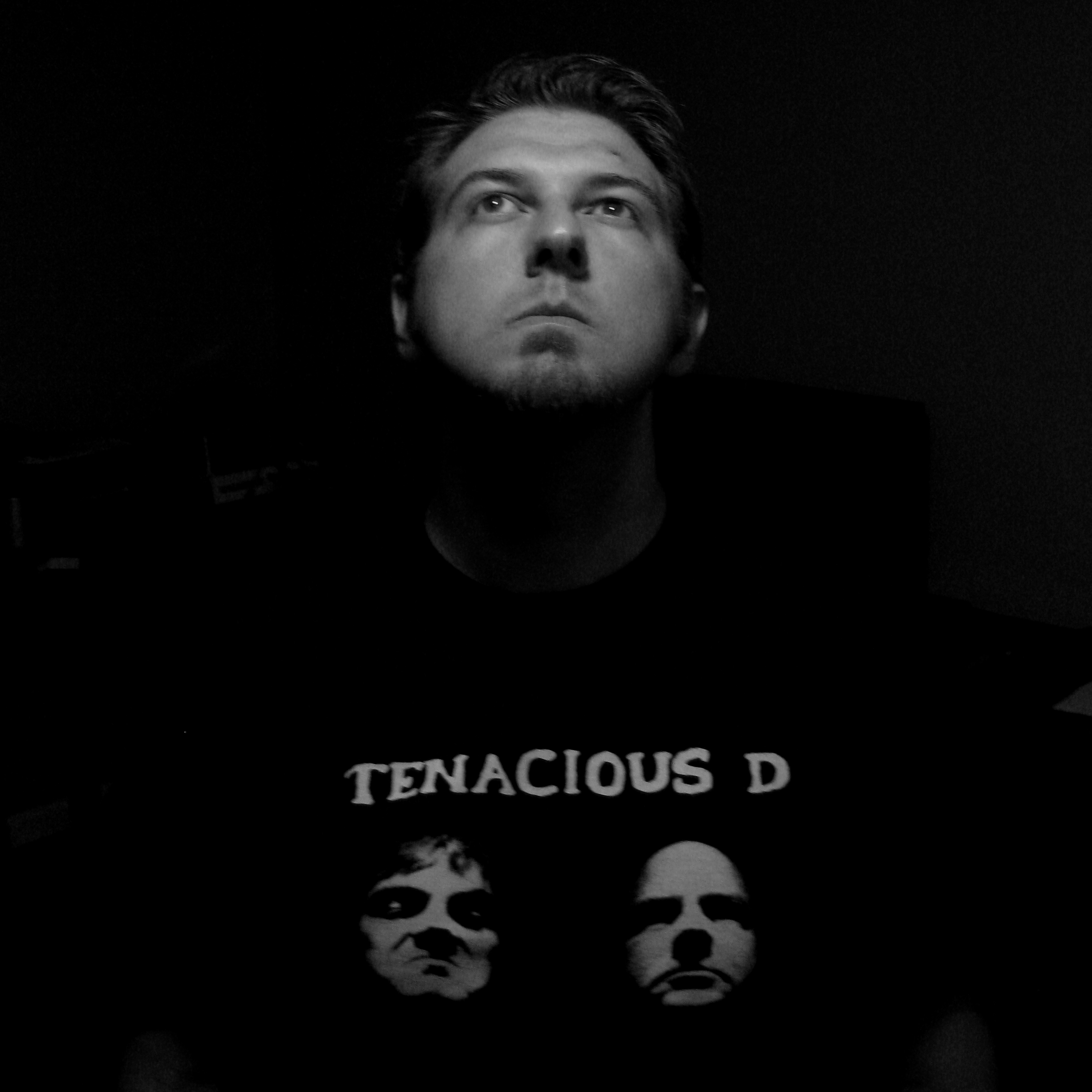

It’s a lot for the homeland, but I love zabbix


It’s a lot for the homeland, but I love zabbix


Fair, my home office is a monument to too much free time, a hoarding habit for ewaste, and a wife who works weekends and overnights.


That is a self-made soldering kit box I made when I was in college and had to haul it around a lot. I have actually been meeting to replace it with something more permanent now that I’m a grown up with my own house. I have an air flow soldering rig which doesn’t really have a home, and I could have a much better use of space. I have my brocade ICX6610-24 next to that which I’ve been programming for way too long, and a whole bunch of 3D printer parts on top of that.


I’ve done some of that, recently I have an old putty knife and I will put it right against the crack and just hammer it which will unstick it enough that I can pull it off. Newer drives definitely have weaker magnets than some of my much older ones.


I started collecting in probably 2007, so manufactured before that for sure.


That’s rad, and you did an amazing job keeping them whole. Recently I have been wrapping them in cloth, then the kids form clay around them for various fridge and office magnets.


So I tried to look up the difference between assault and reckless assault in NY, and according to this: https://www.nycourts.gov/judges/cji/2-PenalLaw/120/120-00(2).pdf it makes it seem more like “led to a situation that caused injury” which feels very light and isn’t the depiction of him hitting her and breaking her finger as is kind of presented. I think you could argue this means he didn’t go out of his way to assault her, but in the mess accidentally created a situation that led to an injury, likely when pushing her back into the car. That’s messy; “Guilty of reckless assault” is pretty concise and Disney won’t want that heat, but it sounds like the verdict is more nuanced and there’s a case that it was semi-accidental in a messy situation? If the rumors of Majors having a bunch of things in his contract about not recasting are true, this could be an extremely messy situation for Disney if they want to sever, but Majors counters the severance from the morality clause on the nuance and details.


I’ve always wondered why we can’t contain the brine and pack it into abandoned salt mines for long-term storage. It would probably inspire some maintenance on abandoned salt mines and prevent cave-ins.


Yes. Look here, the plan is per-device, and the capacity is unlimited: https://www.crashplan.com/pricing/ . I think the restore would be extremely painful, it’s not a fast pipe, but the bigger you go that’s gonna be an issue no matter what.
I don’t have the exactly solution for you, but I went through this a while ago and came up with using openLDAP for this. It’s not tidy at all, but it was a tremendous learning experience, and I documented it in 2 blog posts which may be interesting to you; I doubt you’ll want to do what I did, but it was informative and has worked flawlessly since. I documented some of the flaws I found in options I considered at the time:
https://www.surfrock66.com/openldap-kerberos-and-sasl-my-experience-in-the-homelab/


Weird, there are what I get in northern California



Weird, here in my area of California the OTC ones are the reds, you have to go to the pharmacist for the white ones.



Interesting, I’ll take a look


You know what’s weird? I get severe sinus headaches and regular pseudoenepherine sudafed doesn’t help at all, but these phelylephrine ones do. I’ll even tell my wife “the little reds, not the whites”. Weird.


No but they affirm your gender. Gender affirming care is not just about changing gender.


That includes breast implants in women and hair transplants in men, right?


I’m not an expert, but I’ve been using TrueNas Scale since I cut over from TrueNAS core, and before that Freenas, since about 2010. I have a bunch of lessons and assumptions, but someone can correct me if these are misguided, they’re my tl;dr of knowledge.
You mention Jellyfin…my struggles with that were never storage. My struggles there were networking; it was a big part of why I decided to upgrade my server networking to 10G, which supported running Jellyfin on another hypervisor and having all that go over the network.


I have been trolling people for years with passionate wat-too-serious arguments that the rainbow is ROY G BAP for blue and purple.


Crashplan can’t tell the difference between local folders and NFS mounts, and they have an unlimited size backup plan per device for like $10/month. I have 1 device with NFS mounts from many desktops and my Nas. About 9TB.
It’s probably more than you are looking for but if you are already looking at self hosting things connected with NextCloud, use NextCloud Talk. We use it for the family and it is great.